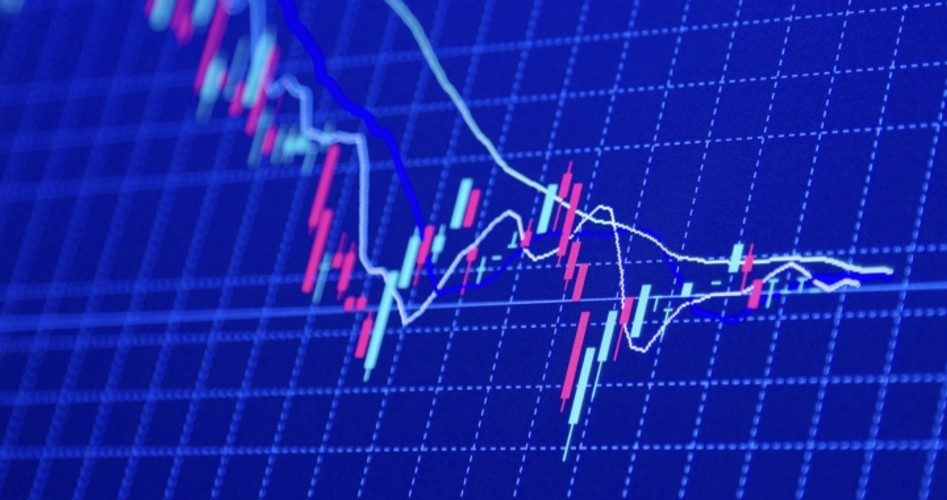
Wholesale prices dropped by 1.3 percent in April, the sharpest decline since the Labor Department’s Bureau of Labor Statistics has been tracking them dating back to December 2009. This followed a decline of 0.2 percent in March.
The report followed the Labor Department’s announcement on Tuesday that consumer prices dropped by the most since the Great Recession of 2007-2009.
The decline is blamed largely on the collapse in gasoline prices, which have dropped by nearly 60 percent over the last two months. Food prices also declined during the month, along with declines in prices of apparel and airline tickets.
But is that the real reason? It’s easy to be lulled into thinking that the shutdown of the economy is the primary cause: People aren’t driving or flying or eating out. Therefore demand is down, which is followed by declining prices.
Simple. Easy. And wrong.
The supply of money in the economy has been exploding thanks to moves by the Federal Reserve and the government to stimulate the economy. But they’re pushing on a string. Put another way: One can offer an apple to a horse, but if he isn’t hungry, he won’t take it.
The economy is certainly awash with money. Stats from the St. Louis Fed prove it. At the end of April 2019, the amount of money sloshing around the economy was $14.6 trillion. This includes cash, checking accounts, savings accounts, and certificates of deposit of less than $100,000.
By the end of April 2020, the money supply had jumped to $17.6 trillion, an increase of more than 20 percent. If one follows the standard line of reasoning, prices should have jumped 20 percent, reflecting the loss of purchasing power because of the increase in the quantity of money.
But there’s more to it than that. The velocity of money — the frequency at which a dollar is spent and respent (the butcher at the grocery store pays his rent, buys food, rents a movie, etc.) — has been dropping like a stone. Again, according to the St. Louis Fed, the rate at which one dollar “turns over” in a year has dropped by more than five percent, year over year, from 1.45 times in the first quarter of 2019 to just 1.37 times in the first quarter of 2020.
This means that something else than just reduced spending for gas and plane tickets is going on.
The average household savings rate has held steady for years, at around 7.5 percent. This includes contributions to IRAs and 401(k) plans.
In February that savings rate rose to eight percent, the first time since April of 2019. In March it jumped to an astonishing 13.1 percent.
This reflects a hunkering down of the average family faced with great uncertainty about their financial futures. Not only are they putting away cash at nearly double a month earlier, they are also paying down credit card debt.
According to the Northwestern Mutual, Americans hold an average of $26,621 in personal debt, not including mortgages. This is down from $28,900 a year ago and $38,000 two years ago.
How does all this bode for the U.S. economy? As long as the average American household maintains its “bunker” mentality — waiting it out until things get better — people aren’t going to start readily purchasing goods soon. That is the challenge facing the president. If the average voter votes his pocketbook, Trump has every reason to work to get the economy restarted as quickly as possible.
Photo: Adam Smigielski / E+ / Getty Images Plus



